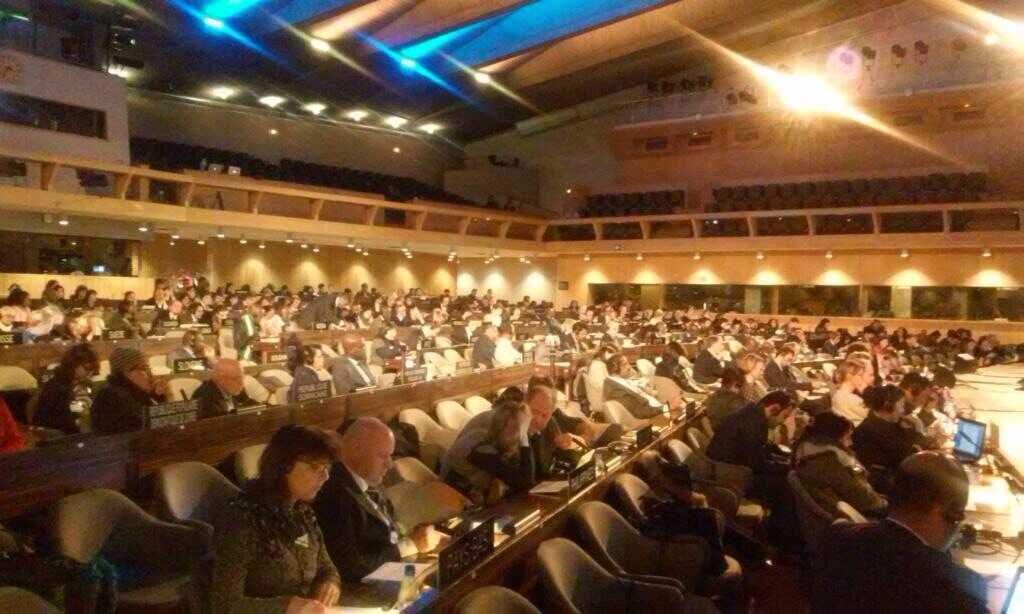The General Assembly of the member states of this UNESCO Convention meets once every two years, mostly in June and usually in the UNESCO Headquarters in Paris. The General Assembly appoints from its members 24 states, together forming the Intergovernmental Committee. The Intergovernmental Committee meets each year by the end of November or the beginning of December, each time in a different continent of the world.
The Intergovernmental Committee also appoints the most important advisory bodies, like the Evaluation Body, for instance. The Evaluation Body consists of six experts and six NGO’s. In 2015 the Dutch Centre for Intangible Cultural Heritage was one of the six NGO’s. An intensive job, as the Evaluation Body must provide an advice on all international nominations as well as the international subsidy submissions.
Operational Directives
The obligations that every country must fulfil are recorded in the convention text. A more practical elaboration of the convention can be found in the Operational Directives, in which all the procedures, as well as the role of the various bodies is extensively highlighted. The Operational Directives are constantly monitored and regularly adapted. The changes in 2016, for instance, ensured more attention for the significance of sustainable development and for the role of the NGO’s in the implementation of the UNESCO convention.
